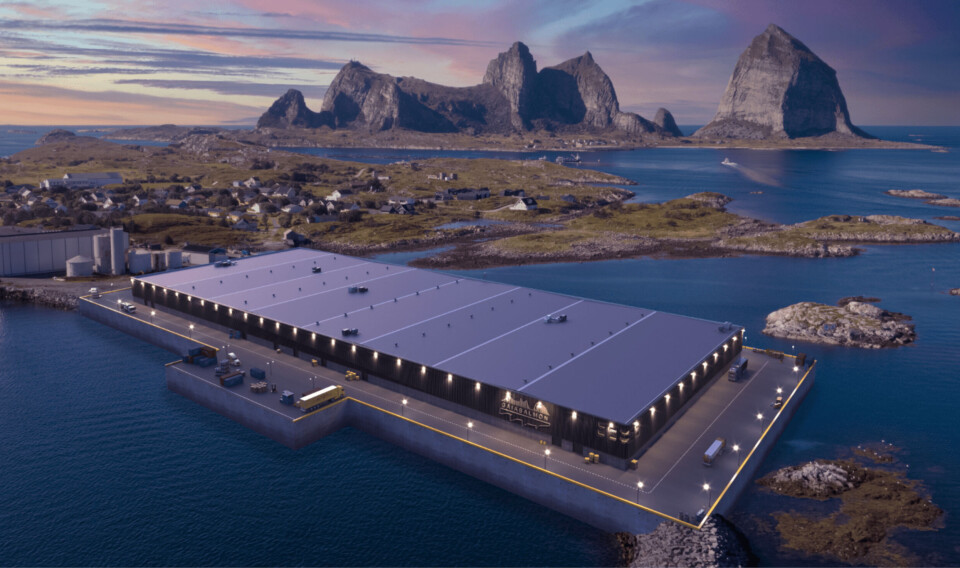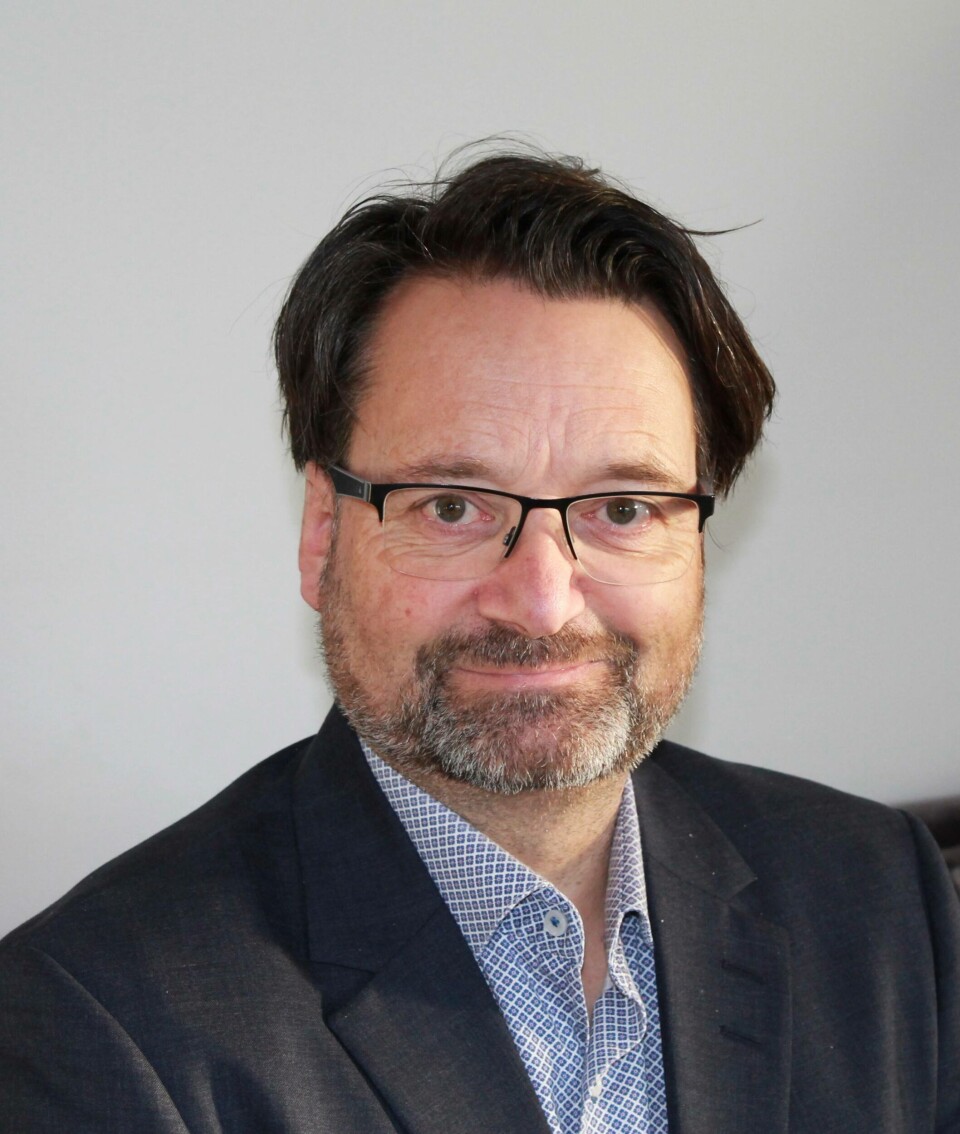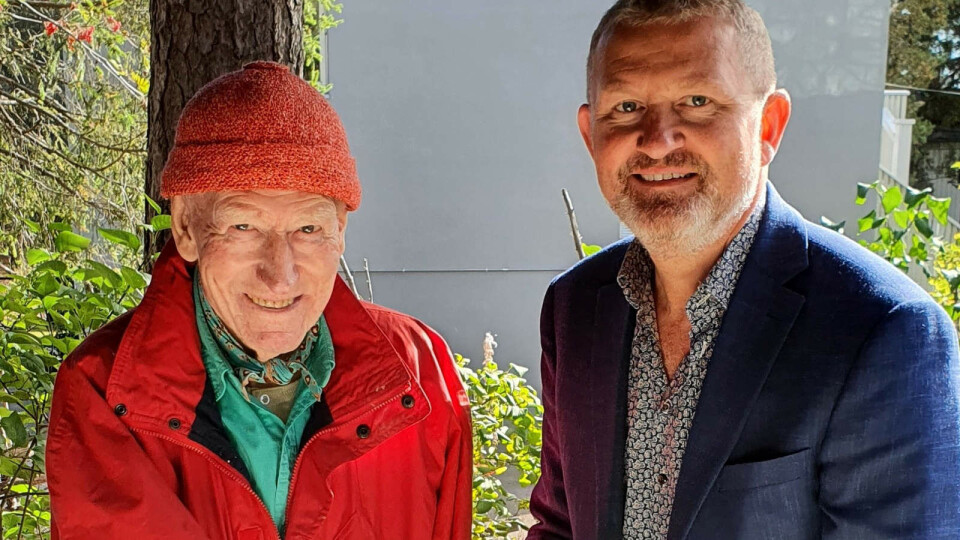
The on-land salmon farm 40 miles out to sea
Groundworks will soon begin for an on-land salmon farm on a Norwegian archipelago 65 kilometres (40 miles) from the mainland.
Gaia Salmon plans to eventually produce 50,000 tonnes of fish annually on Træna, a group of islands that is part of the Helgeland municipality in Nordland and has a population of around 460.
The plant will be located on an area of 25,000 m² and have a vessel volume of approximately 65,000 m³, with a total of 28 tanks in nine different units.

Construction options
Chief executive Bjarne Bjørkan told Fish Farming Expert’s Norwegian sister publications, Norsk Fiskeoppdrett and Kyst.no, that Gaia was at the end of the pre-engineering phase where it was looking at construction options and cost estimates.
“The plan is to start the groundwork this winter and start building in the second quarter in 2022,” said Bjørkan, adding that completion was scheduled for the end of 2023.
“Our ambition is to increase phase 1 production from 8,000 tonnes to 50,000 tonnes in five to ten years.”
Gaia also plans to be listed on the Oslo Stock Exchange within two to five years.
The company’s investors include Roald Dolmen, who resigned from his job as head of strategy and business development at shipping, service boats and salmon farming company NTS in January. Shortly afterwards, he bought 33.3% of the shares in Gaia Salmon.

Property tycoon
In October, Gaia announced that hotel and property tycoon Olav Thon had invested NOK 2 million in the company, taking a 10% stake.
If all goes to plan, Gaia intends is to stock it first smolts in fourth quarter of 2023.
“In phase 1, we have planned a production of approximately 6,000 tonnes, with an increase of up to approximately 8,000 tonnes. The plan as of today will be to slaughter the first fish around the third quarter of 2024,” said Bjørkan.
RAS and flowthrough
The plant is planned as a combination of a recirculating aquaculture system (RAS) and flowthrough system, with a RAS used for the bulk of production and flowthrough in the last growth phase to ensure the quality of the fish.
Bjørkan said it was too early to give exact estimates of what it land-based facility will cost.
“But will be somewhere between 150-175 NOK / kg completed. Which is to say about an investment of 1.5 - 3 billion kroner,” the chief executive explained.
“As of today, the price level is still affected by Covid-19 and subsequent high commodity prices. We see that it is about to normalise itself, but still takes some time before this is in place. That is why we are currently working with such a spread in the price picture.”























































